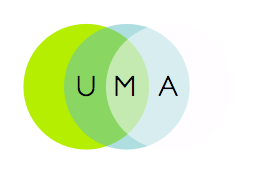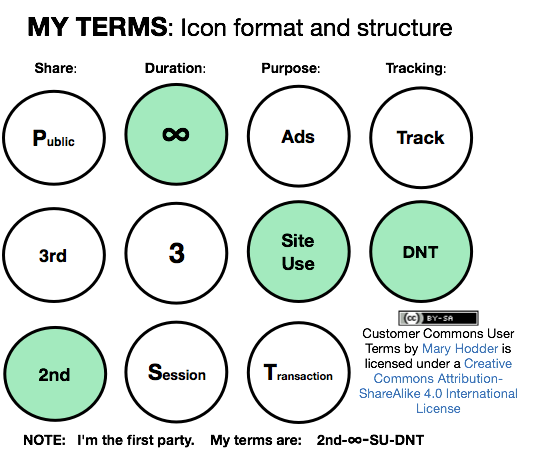
Prompt: A woman uses personal AI to know, get control of, and put to better use all available data about her property, health, finances, contacts, calendar, subscriptions, shopping, travel, and work. Via Microsoft Copilot Designer, with spelling corrections by the author.
Most AI news is about what the giants (OpenAI/Microsoft, Meta, Google/Apple, Amazon, Adobe, Nvidia) are doing (seven $trillion, anyone?), or what AI is doing for business (all of Forbes’ AI 50). Against all that, personal AI appears to be about where personal computing was in 1974: no longer an oxymoron but discussed more than delivered.
For evidence, look up “personal AI.” All the results will be about business (see here and here) or “assistants” that are just suction cups on the tentacles of giants (Siri, Google Assistant, Alexa, Bixby), or wannabes that do the same kind of thing (Lindy, Hound, DataBot).
There may be others, but three exceptions I know are Kin, Personal AI and Pi.
Personal AI is finding its most promoted early uses on the side of business more than the side of customers. Zapier, for example, explains that Personal AI “can be used as a productivity or business tool.”
Kin and Pi are personal assistants that help you with your life by surveilling your activities for your own benefit. I’ve signed up for both, but have only experienced Pit,” or “just vent,” when I ask it to help me with the stuff outlined in (and under) the AI-generated image above, it wants to hook me up with a bunch of siloed platforms that cost money, or to do geeky things (PostgreSQL, MongoDB, Python on my own computer. Provisional conclusion: Pi means well, but the tools aren’t there yet. [Later… Looks like it’s going to morph into some kind of B2B thing, or be abandoned outright, now that Inflection AI’s CEO, Mustafa Suleyman is gone to Microsoft. Hmm… will Microsoft do what we’d like in this space?]
Open source approaches are out there: OpenDAN, Khoj, Kwaai , and Llama are four, and I know at least one will be at VRM Day and IIW.
So, since personal AI may finally be what pushes VRM into becoming a Real Thing, we’ll make it the focus of our next VRM Day.
As always, VRM Day will precede IIW in the same location: the Boole Room of the Computer History Museum in Mountain View, just off Highway 101 in the heart of Silicon Valley. It’ll be on Monday, 15 April, and start at 9am. There’s a Starbucks across the street and ample parking because the museum is officially closed on Mondays, but the door is open. We lunch outdoors (it’s always clear) at the sports bar on the other corner.
Registration is open now at this Eventbrite link:
https://vrmday2024a.eventbrite.com
You can also just show up, but registering gives us a rough headcount, which is helpful for bringing in the right number of chairs and stuff like that.
See you there!

 UMA, for User Managed Access
UMA, for User Managed Access